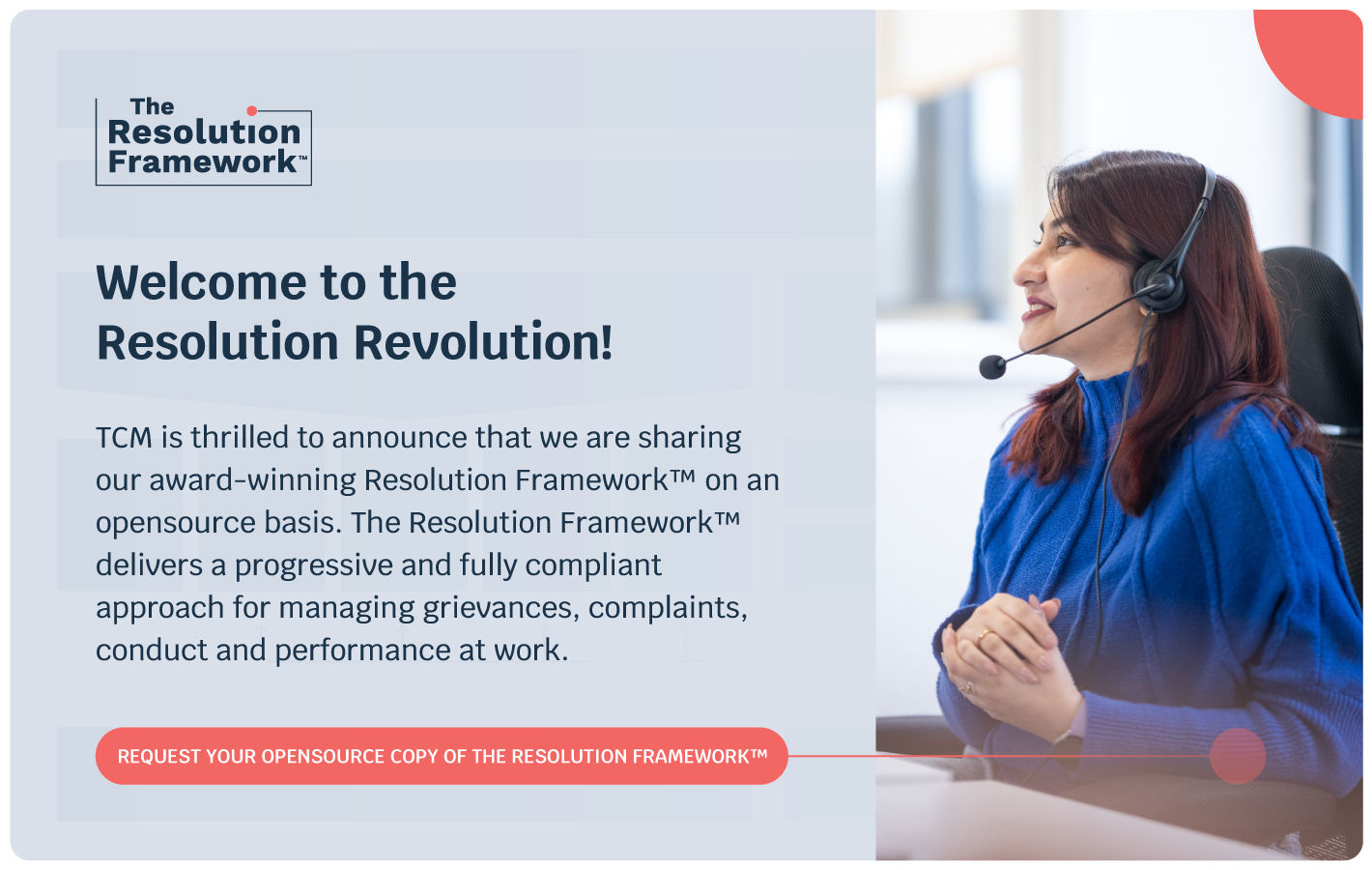
Share article:
Tags:
Employee disengagement is a global pandemic costing $7.8 trillion per year. According to recent studies, disengaged employees have 37% higher absenteeism, 18% lower productivity and 15% lower profitability. This amounts to a 34% loss on average in the employee’s salary. With the average salary in the UK being £32,000 this loss equates to £10,880 per year.
This is a huge figure and it’s easy to see how this can add up rapidly in circumstances where entire workforces are disengaged. Losses incur from training and recruitment costs, sick days, decreased collaboration, as well as a reduction in productivity, creativity and innovation.
Research has shown that disengaged employees are four times more likely to leave their job and with 23% of UK employees actively searching for jobs at any given time, this creates a significant risk for employers. Ensuring employees are happy at work is key to improving retention rates. Further studies have estimated that it takes 1-2 years for a new employee to reach the productivity of an existing employee, at least 20% of an average salary to recruit them and 7% to train them up.
In tough economic circumstances, it’s clear to see why engaging employees is key to organisational health, sustainability and growth. Here are some practical tips you can make to combat toxic workplace culture and start the journey towards creating a happy and engaged workplace environment.
1. Lead by example
The values and leadership demonstrated by those at the helm of your organisation can make or break your workplace culture. Transparent, values-based and integrity-led leadership is something we highly advocate at The TCM Group. While each action and interaction within an organisation has a hand in influencing and shaping overall workplace culture, leaders through their responsibility in deciding policies, procedures and objectives for the organisation set a precedent.
2. Understand employee wants and needs
It should go without saying, but there’s no ‘one-size-fits-all’ solution to creating a suitable workplace environment and culture that suits the wants and needs of your employees. This will likely vary based on your organisation’s industry, employee demographic and job roles, location, size and many other factors. Have frank and open discussions with employees and listen to what they value most about workplace culture. You’ll need to think about your organisation needs and how these match or contrast employee’s needs. Be open and honest here, good communication is key to building understanding. TCM can support with this exercise through our Team Climate Healthcheck.
3. Recognition
This is an innately important aspect of how we as humans feel happy and fulfilled. I’m sure some of you reading this would be able to explain the positive effects of ‘recognition’ in more depth from a biological and psychological standpoint. Again, recognition in and of itself is a broad term and should take into account your specific organisational and employee needs. Some ideas that may be relevant are regular performance feedback, reward and bonus schemes, employee perks and socials/team building exercises.
4. Create a transformational workplace culture
What is a ‘transformational culture’ I hear you ask? I’ll leave that to TCM’s Founder & CEO, David Liddle to define. He says “A Transformational Culture is an organisational culture that is fair, just, inclusive, sustainable and high performing. Imagine working in an organization with a clearly defined purpose and a set of core values which connect us with our organization, with one another, and with our customers. Where our leaders are committed to unlocking our inner brilliance and engaging with each of us as human beings – during the good times and the bad. Where each voice is heard, each contribution is valued, and our differences are a source of celebration.”








